Customer Retention: Definition, Metrics and 8 Strategies to Improve It
Time to read: 10 minutes
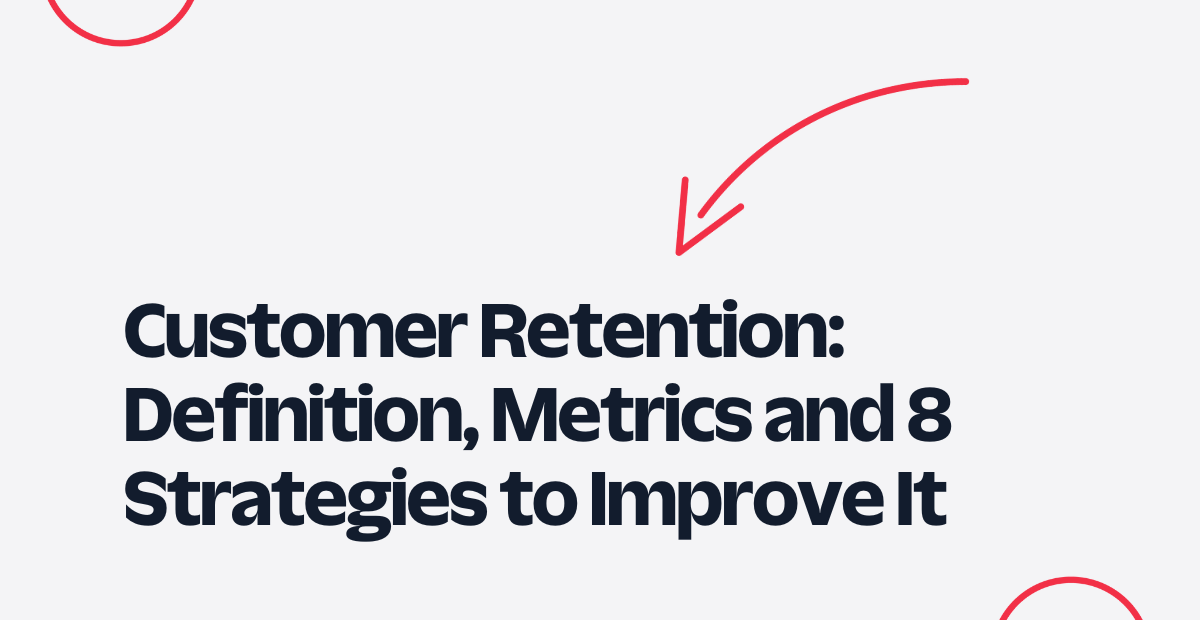
Acquiring new customers is a crucial part of running a business. But equally important (and more lucrative) is retaining existing customers.
Your loyal customers play a vital role in maintaining your bottom line, cutting acquisition costs, and growing your business. That’s why customer retention should be a top priority for every business.
This post covers everything you want to know about customer retention, including how to measure it and how to improve it.
What is customer retention?
Customer retention refers to a company’s ability to keep existing customers coming back—in other words, turn one-time purchasers into loyal customers.
Measuring customer retention (with the metrics we’ll discuss below) can help a company understand the effectiveness of its products or services and the overall customer experience.
Why is customer retention important?
Think about where you like to get a haircut. Do you visit a new salon or stylist every time or stick with what you know and like? If you’re like me, once you find a good hairstylist, you stay loyal to them. And you help the business by doing so because the stylist can count on you to show up every few months.
That’s all to say your loyal customer base is crucial to your business. Here are a few reasons why:
Cost savings
It’s generally cheaper to retain an existing customer than it is to acquire a new one. In fact, it’s about 5x more expensive to gain a new customer, and customer acquisition costs have increased by over 50% in recent years.
This doesn’t mean you shouldn’t go after new customers. You should. But you should also invest in nurturing your existing customers because this can grow your business more quickly and reduce the need to spend more of your budget on acquisition.
For example, my hairstylist provides great service every time I get a haircut, keeping me coming back every few months rather than trying a new salon. In the long run, the stylist and the salon reduce costs by nurturing me as a customer rather than spending more on advertising to gain new customers.
Upsell opportunities
Once a customer decides to stick with your product or service, they’ll be more receptive to promotions for your other offerings or upgrades.
According to one study, repeat customers have a higher average order value than new ones. The study found that, in the apparel industry, customers spent 67% more with a business between 31–36 months into their relationship than between 0–6 months.
That’s partly because customers with a longer relationship with a business have a sense of its value and are willing to spend more on its products. On the other hand, it’s harder to upsell a new customer who still doesn’t know whether they like your product or service.
For example, I already trust my hairstylist to give me a great haircut, so I’m likely to also trust their recommendations on hair products or additional services at the salon. Plus, the stylist knows my needs and preferences, so they can make personalized suggestions.
Brand advocates
Loyal customers not only keep doing business with you but can also turn into brand advocates. If your product is valuable to them, they might be inspired to:
- Write positive reviews on your website
- Leave positive social media comments or share your posts with friends
- Gift your products to their loved ones, who might become loyal customers themselves
- Refer new customers to your business through word-of-mouth or referral programs
This type of social proof can help you gain new customers—75% of consumers report checking at least 3 customer advocacy sources like product reviews before making a purchase. Plus, it’s free advertising for your business.
As for my hairstylist? I decided to try the salon for the first time after reading rave reviews on Google. And I was so happy after my first visit that I told 2 of my family members to try it out, bringing in new customers without the business spending a dime to acquire them.
How do you measure customer retention?
Measuring customer retention is valuable to many teams, including marketing, sales, product, support, and customer success.
Let’s take a look at the metrics businesses should track and the formulas to calculate them. Many ecommerce, data analytics, and customer data tools track these for you, but knowing the formulas can help you understand the factors that influence these metrics.
Customer retention rate
Customer retention rate is the percentage of existing customers a company keeps over a certain period.
To calculate customer retention rate, you’ll need:
- The period you want to measure, such as the past quarter or calendar year
- The number of customers at the start of the period (S)
- The number of customers at the end of the period (E)
- The number of new customers added within the period (N)
Next, plug your numbers into the following formula:
[(E - N) / S] x 100 = customer retention rate
So let’s say you want to measure customer retention in the past quarter. At the start of the quarter, you had 200 customers (S). At the end, you had 212 (E). You gained 32 new customers (N) during that time. Let’s put it into the formula.
[(212 - 32) / 200] x 100 = 90
In this example, the customer retention rate is 90%.
How does that stack up to the average? The average retention rate varies by industry, with media seeing the highest at 84% (think Netflix subscriptions) and hospitality/travel/restaurants seeing lower rates at 55%.
Customer churn rate
Customer churn rate or customer turnover rate is the percentage of customers a business loses over a period. It’s a valuable metric to understand where your business needs to make improvements.
To calculate customer churn rate, you’ll need:
- The period you want to measure, such as the past quarter or calendar year
- The number of customers at the start of that period (S)
- The number of customers lost during that period (L)
Next, plug your numbers into the following formula:
(L / S) x 100 = customer churn rate
So if you started the period with 182 customers and lost 35, the formula would look like this:
(35 / 182) x 100 = 19.2
The customer churn rate for the period is 19.2%. That’s close to the average customer churn rate of 21%.
Repeat customer rate
Repeat customer rate refers to the percentage of customers who come back to make another purchase. It’s a useful metric for businesses to track because repeat purchases are a great sign that your customer retention strategy works.
To calculate repeat customer rate, you’ll need:
- The number of customers who’ve made more than one purchase (R)
- The number of unique customers (U)
Next, plug your numbers into the following formula:
(R / U) x 100 = repeat customer rate
So if you have 1,000 unique customers and 700 have made repeat purchases:
(700 / 1,000) x 100 = 70
The repeat customer rate is 70%.
Customer lifetime value
Customer lifetime value (LTV) refers to the total monetary value you can expect from a customer throughout their relationship with your business. This metric gives you a clear picture of the value of nurturing existing customer relationships.
There are a few different ways to measure LTV, including a predictive model that uses machine learning or a historical model that uses past customer data.
Depending on the model you use, LTV formulas include various metrics, like average purchase value, average purchase frequency rate, and average customer life span.
You can use a customer data platform like Twilio Segment to track LTV and create audience segments of high-potential LTV customers for more targeted, data-driven nurture campaigns.
What are some customer retention strategies and examples?
Now that we’ve discussed the definition, benefits, and metrics, let’s look at 8 strategies to improve customer retention and examples of effective campaigns.
1. Craft an engaging onboarding flow
The moment you gain a customer, it’s time to nurture the relationship and show them why they should stick around.
Your onboarding process is your first opportunity to showcase the value of your business and encourage recipients to take high-value actions, such as watching a video tutorial on your product. These actions encourage the customer to use your product and create habits around it, making it a part of their life.
For example, this email in the Webflow welcome series invites the new user to build a website using their preferred method. Once the customer starts building a website, they’ll be more likely to keep using Webflow—this email moves them toward that valuable action.
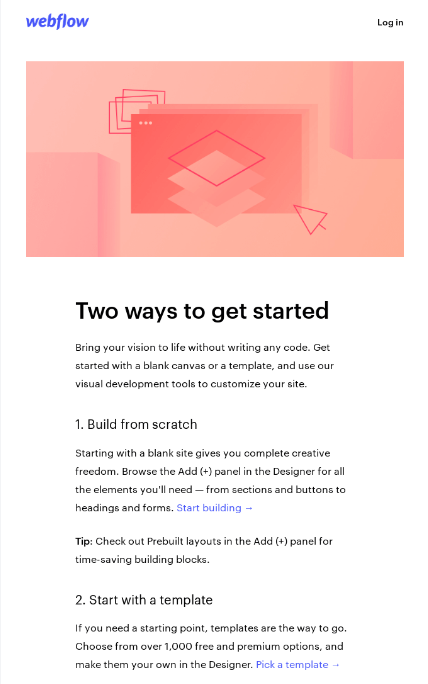
2. Start a membership program
Membership or loyalty programs benefit businesses and customers alike, helping boost retention.
First, these programs encourage users to create an account with your business to track their loyalty points and to save their information. This gives you valuable customer data while the customer gets perks, such as free shipping, cash back, and early access to sales.
Additionally, loyalty programs allow you to stay in touch with customers on their preferred channels, gather first-party customer data that enables you to personalize communication, and encourage customers to take advantage of membership perks.
A great example is the REI Co-op Membership program, which offers customers cash back on all purchases, free shipping for online orders, exclusive coupons, and first access to new collections. These perks give customers more than enough reason to keep shopping with REI rather than a competitor.
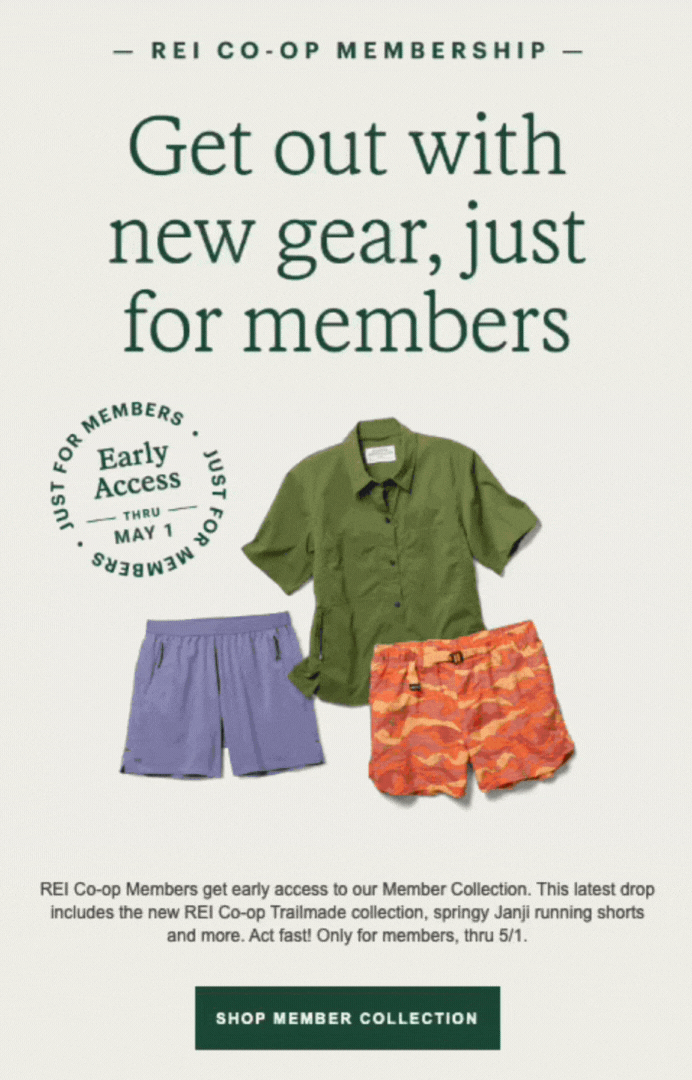
3. Provide quality customer service on all channels
Customer service is one of the pillars of customer retention. That’s because giving customers a positive experience every time they contact your company will inspire them to keep doing business with you.
On the other hand, a single bad experience is enough to turn them toward a competitor: 56% of consumers admit they’ll discontinue business with a company after a frustrating customer support experience.
The culprit for these frustrating experiences? It’s usually disconnected channels and data silos. And the best way to avoid these is to create an omnichannel experience that allows agents to access data from all channels through a single platform.
Read up on this and more best practices for quality customer service, including personalizing interactions, leveraging AI, and offering self-service. Then, learn how to improve customer retention through your contact center.
4. Gather customer feedback
Customer feedback is key to understanding customers’ pain points and what they love about your product. Plus, when you respond to their feedback, you show customers that you care about their experience, which boosts loyalty.
Gather feedback through surveys, reviews, social media comments, and in-app pop-ups (like the example below from Sanctuary). Then, act on this feedback—like adding a new app feature that users requested—to show customers your commitment to improving their experience.
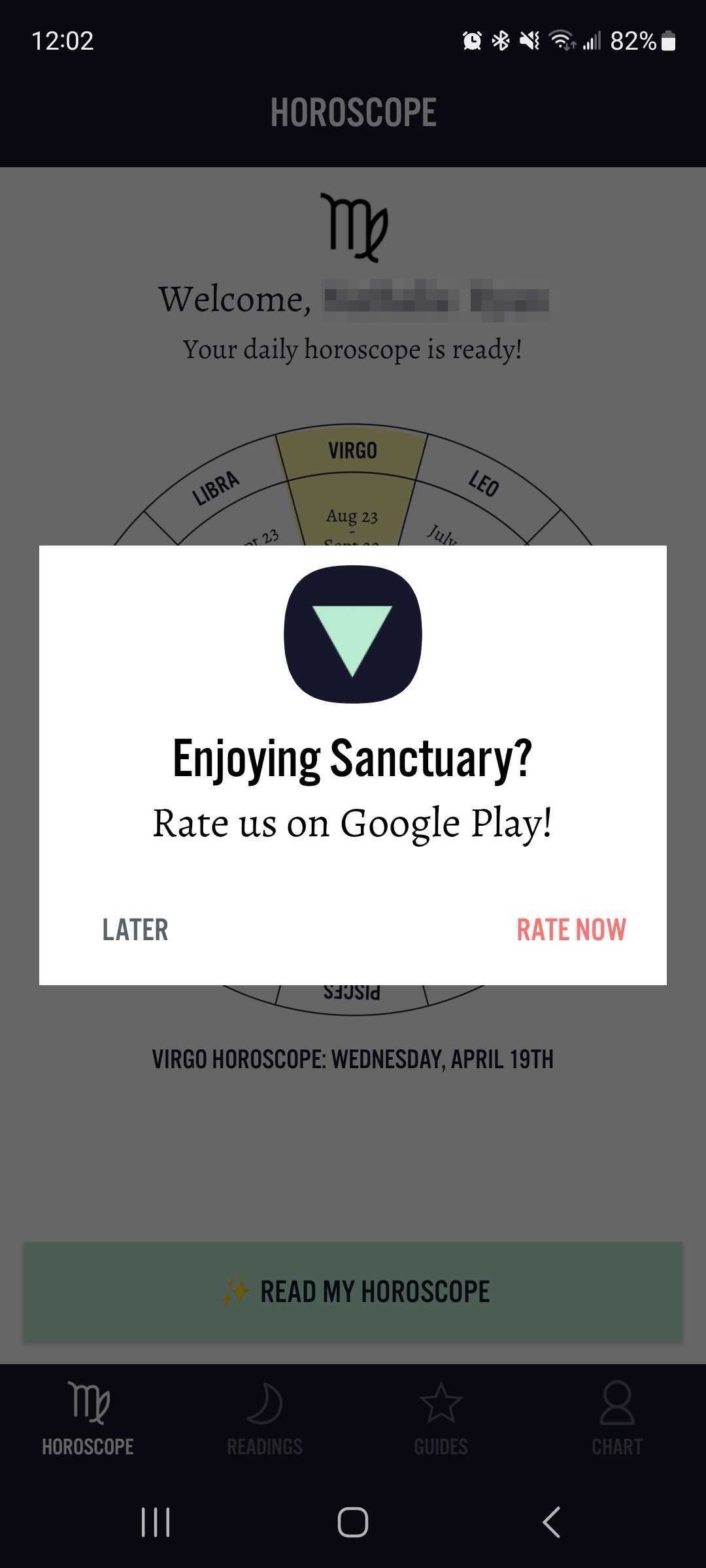
Additionally, leverage positive feedback to generate social proof to attract new customers. For example, you can feature glowing product reviews on your website or share them in an email.
5. Reengage inactive customers
Rewarding your most active customers is one part of customer retention, but it’s also crucial to pay attention to inactive customers to reengage them before they churn.
Use your customer data to keep track of unengaged recipients, such as those who haven’t used your software after a certain period. Then, create audience segments with these customers to send them targeted reengagement communications.
Reengagement emails are a great way to remind customers about what you offer. These can include:
- A reminder that customers have unused rewards points
- A “we miss you” email with a coupon
- An email promoting product features the customer hasn’t tried yet
You can also leverage text messages and push notifications for more time-sensitive reminders. For example, Duolingo is famous for its reengagement tactics, using push notifications and emails to keep users on track with their learning streaks and boost engagement on the app.
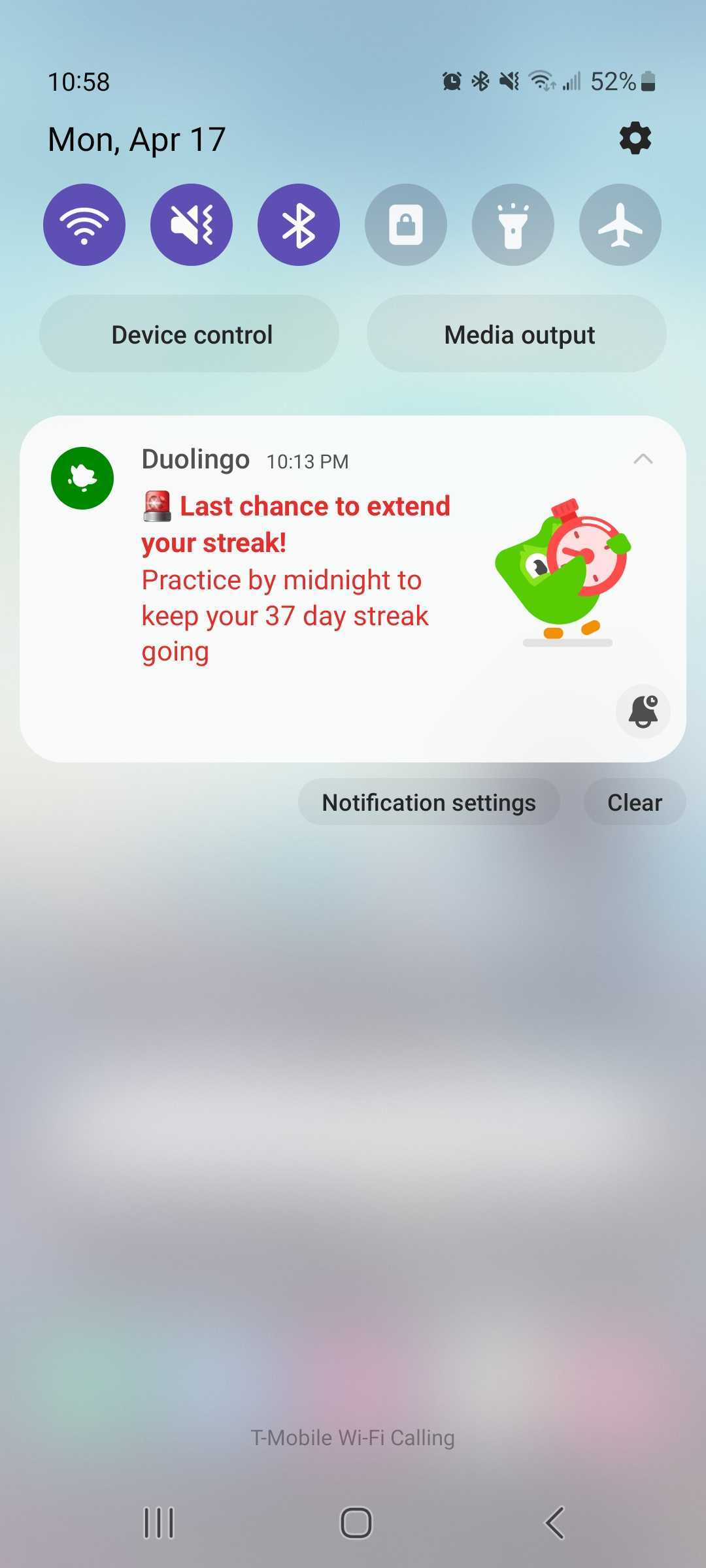
6. Personalize communications throughout the customer journey
Understanding where your customers are in the customer journey can ensure you send them the right message at the right time.
A new customer might be interested in an overview of everything your business offers, while an existing customer will be more interested in tailored recommendations based on their past purchases or behaviors.
For example, after purchasing a jacket from Arc’teryx, I received this email dedicated to finding the perfect jacket. The company knows I’m interested in this product category because of previous purchases, so I’d probably be interested in this jacket quiz.
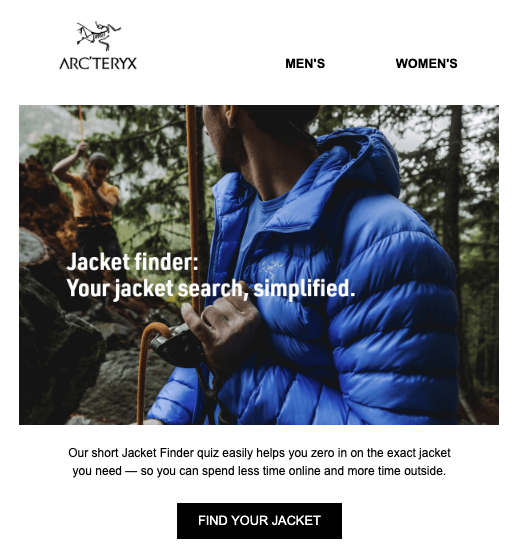
Personalization pays off: 86% of consumers admit that personalized experiences increase their brand loyalty.
To achieve this personalization at every stage of the customer journey, businesses need to gather customer data from different sources to get a full view of the customer and their needs. Learn more about how to improve the customer journey.
7. Infuse your business’ personality into every interaction
When your brand’s personality shines through in your messaging, customers remember that there are real people running the business. And ultimately, we all want to have relationships with other people, not faceless brands.
So how can you ensure your personality radiates? One effective way is to use your unique voice in your email copy, social media posts, and other communications to engage customers and generate an emotional response.
Nail polish company mooncat embraces its misfit brand personality with the email copy below and appeals to its younger audience by writing in text speak.
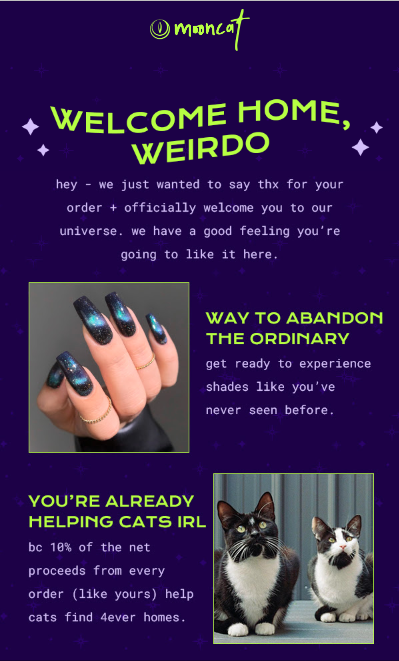
8. Create a referral program
Loyal customers are your best brand advocates because they know firsthand why people should choose your business. A referral program allows you to reward these loyal customers while gaining new ones without paying for more expensive acquisition tactics.
For example, you can invite existing customers to refer a friend and sweeten the deal by offering a cash credit for both parties, like Instacart does in the example below. Instacart offers a shortcut for the user to share the referral via text, so they can refer their friends by pressing a button.
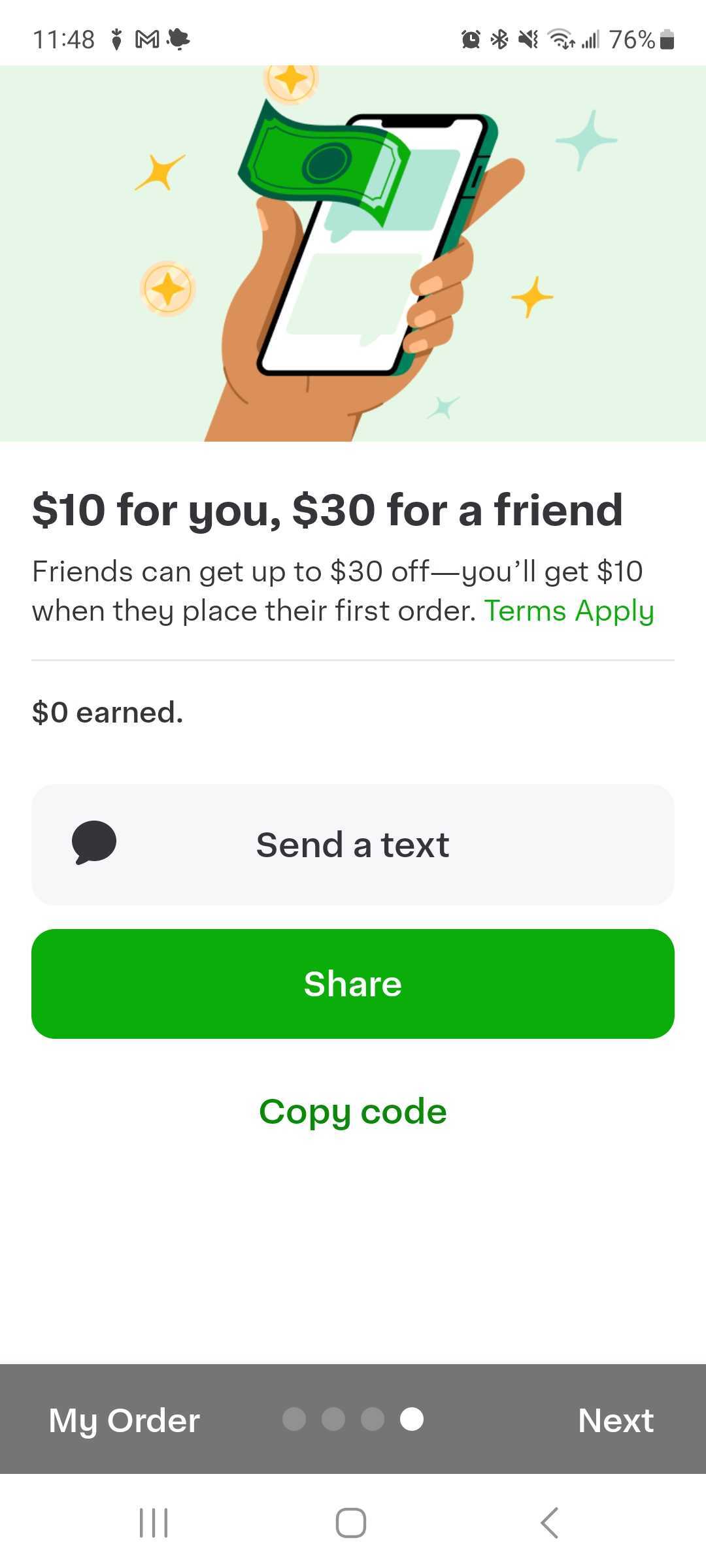
Boost customer retention and loyalty with Twilio Flex
All these customer retention strategies have something in common: each connects with the customer and shows them that your business values and cares for them. At the end of the day, customers stick with the companies that provide a positive experience.
The tools you use to connect with your customers impact your ability to provide a positive experience. Today, many customer interactions happen online, and a digital engagement center like Twilio Flex can help you nurture customer relationships and build loyalty, thanks to:
- Capability to create an omnichannel customer engagement that integrates with your existing systems
- Accessibility to first-party customer data from various sources in a single interface
- Flexibility to tailor the platform to match the way you interact with customers
Discover all the ingredients you need to Cook Up a High-Impact Digital Engagement Center With Twilio Flex.
Related Posts
Related Resources
Twilio Docs
From APIs to SDKs to sample apps
API reference documentation, SDKs, helper libraries, quickstarts, and tutorials for your language and platform.
Resource Center
The latest ebooks, industry reports, and webinars
Learn from customer engagement experts to improve your own communication.
Ahoy
Twilio's developer community hub
Best practices, code samples, and inspiration to build communications and digital engagement experiences.


